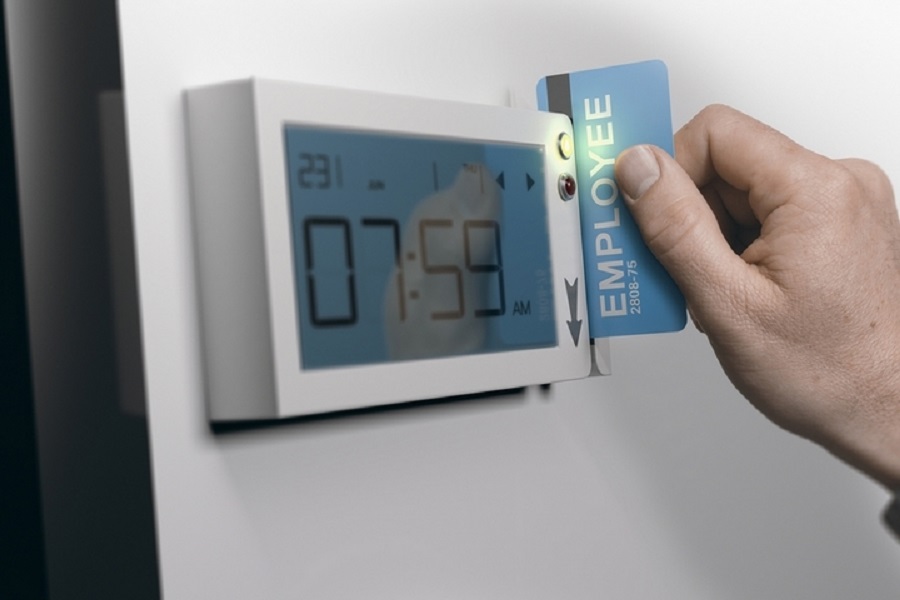In an increasingly complex world where safety and security are paramount concerns, entry screening solutions have emerged as crucial tools to protect public spaces. These innovative solutions provide a comprehensive approach to identifying potential threats and ensuring the safety of individuals within various environments. In this article, we will explore the rise of entry screening solutions and how they are enhancing safety and security in public spaces.
Boosting Threat Detection
Entry screening systems utilize cutting-edge technology to improve threat detection abilities. These solutions use a variety of tools like metal detectors, X-ray machines, and explosives detection equipment to pinpoint potential dangers and unauthorized items. By carefully examining individuals and their possessions, these systems provide a crucial layer of protection against potential threats in public spaces; airport, government building, sports arena, and entertainment venue security would be far more efficient and reliable. Their capacity to find hidden weapons, explosives, and other banned items significantly lowers the chance of harm and creates a safer environment for all.
Incorporating Artificial Intelligence
Merging artificial intelligence (AI) with entry screening systems has transformed them into more efficient and precise security tools. AI algorithms can process vast amounts of data, including facial recognition scans and behavior patterns, to detect possible risks or unusual activities. This state-of-the-art technology enables real-time threat evaluation, allowing security teams to act swiftly in response to potential threats. As AI-powered entry screening solutions continuously learn and adapt, they become even more effective over time by refining their ability to recognize and address security risks.
Balancing Security and Privacy
One of the critical considerations in implementing entry screening solutions is striking the right balance between security and privacy. While ensuring public safety is of utmost importance, it is equally important to respect individual privacy rights. Modern entry screening solutions employ privacy-enhancing technologies, such as anonymization and encryption, to protect personal information collected during screenings. Additionally, strict protocols are in place to regulate data access, retention, and storage. By adopting privacy-focused practices, entry screening solutions maintain the delicate balance between security and individual privacy rights, building public trust and confidence in their implementation.
Addressing Health and Safety Concerns
The global COVID-19 pandemic has heightened the importance of health and safety in public spaces. Entry screening solutions have adapted to address these concerns by incorporating health screening measures. Thermal imaging cameras and temperature scanners are now common features in entry screening systems, allowing for the detection of elevated body temperatures that may indicate potential illness. Additionally, contactless biometric authentication methods, such as facial recognition or iris scanning, minimize physical contact and reduce the risk of viral transmission. By integrating health screening capabilities, entry screening solutions contribute to the overall well-being and safety of individuals in public spaces.
Enhancing Operational Effectiveness
Entry screening systems not only boost safety but also improve operational effectiveness. By simplifying the screening process, these solutions decrease waiting periods and lower overcrowding in busy locations. Cutting-edge technologies, like automated threat identification and machine learning, allow for quicker and more precise screenings, reducing the necessity for human intervention. As a result, entry screening solutions deliver a more streamlined and enjoyable experience for individuals entering public areas, while still upholding strict security requirements.
The introduction of entry screening solutions has transformed our methods of ensuring safety and security in public areas. By utilizing advanced technologies like artificial intelligence, facial recognition, and thermal imaging, these solutions bolster threat detection abilities, find the right balance between security and privacy, tackle health and safety issues, and fine-tune operational effectiveness. In today’s complex world, implementing efficient entry screening systems is crucial to maintaining the safety of people in public spaces. By adopting these groundbreaking solutions, we can establish settings that are simultaneously safe and inviting, letting everyone fully immerse in the advantages of public areas with a feeling of reassurance.





















